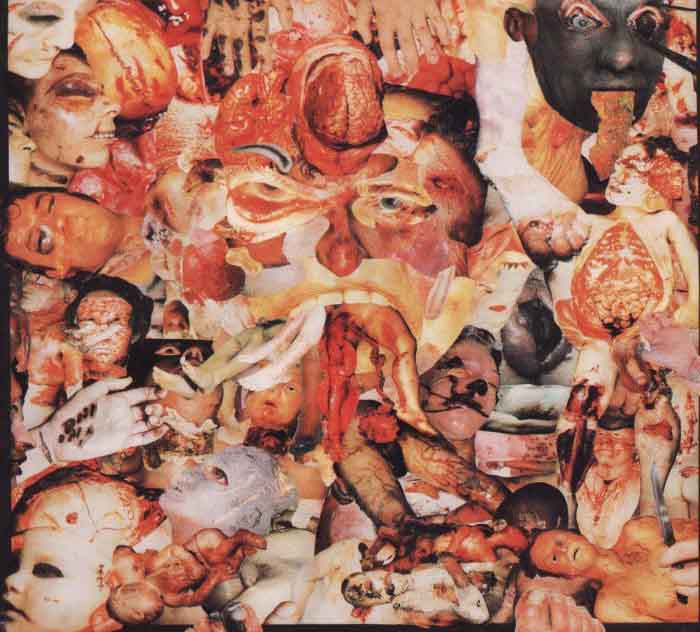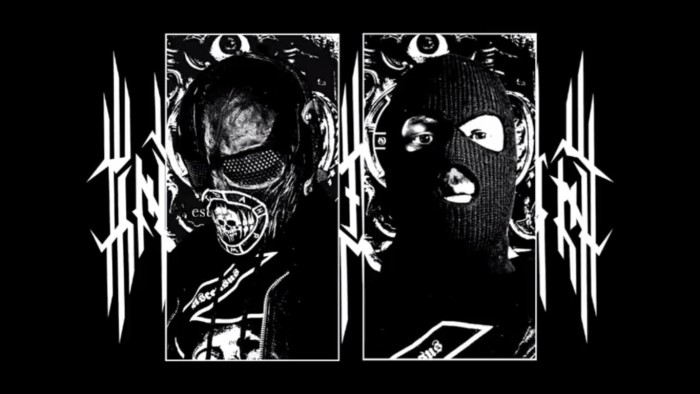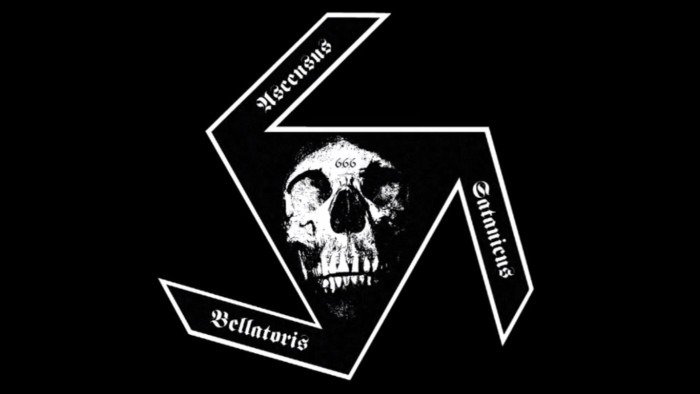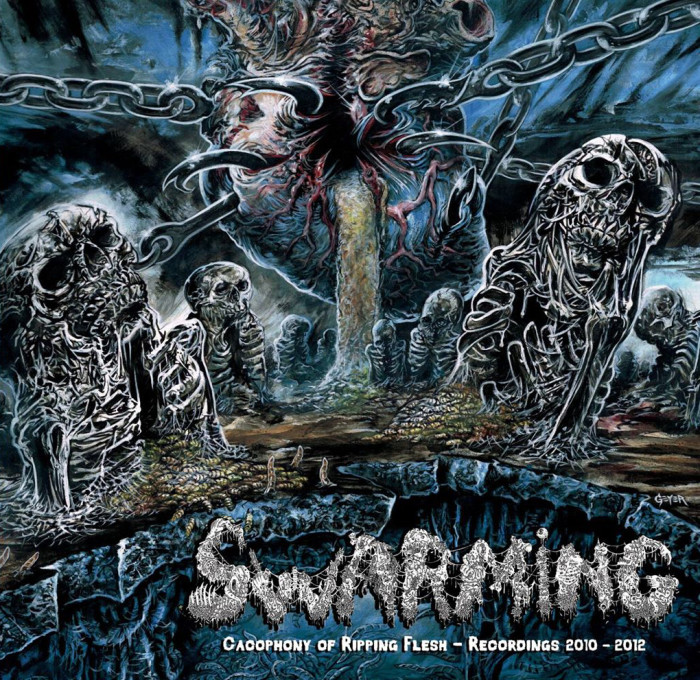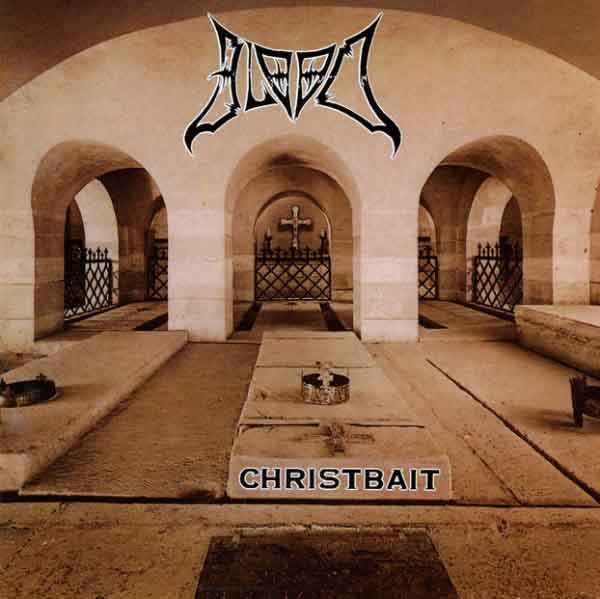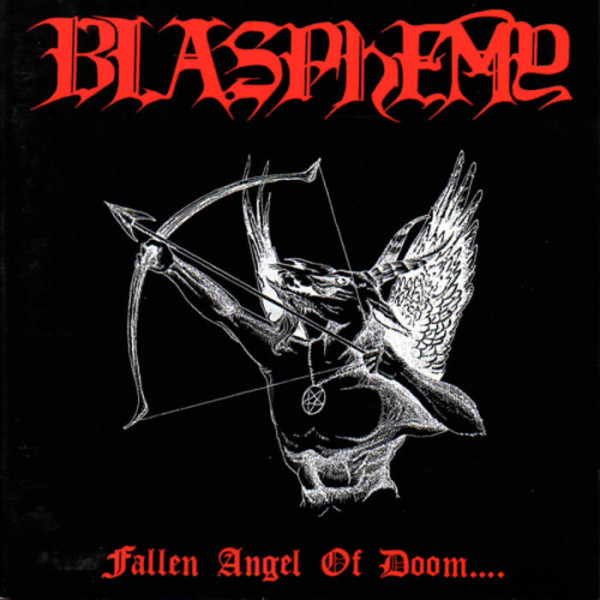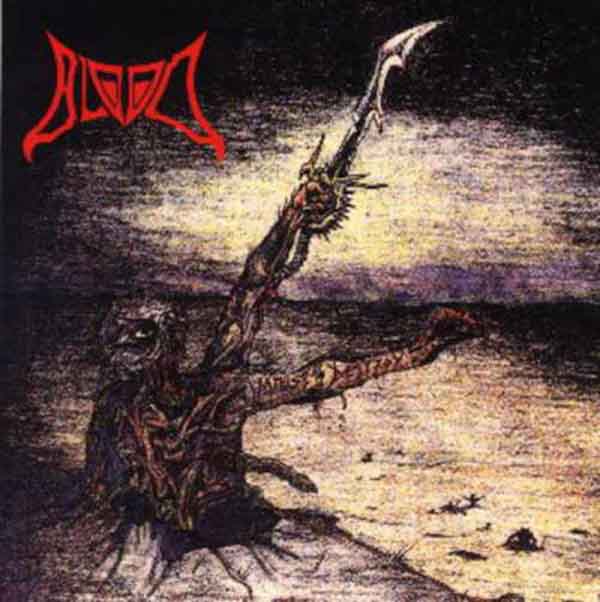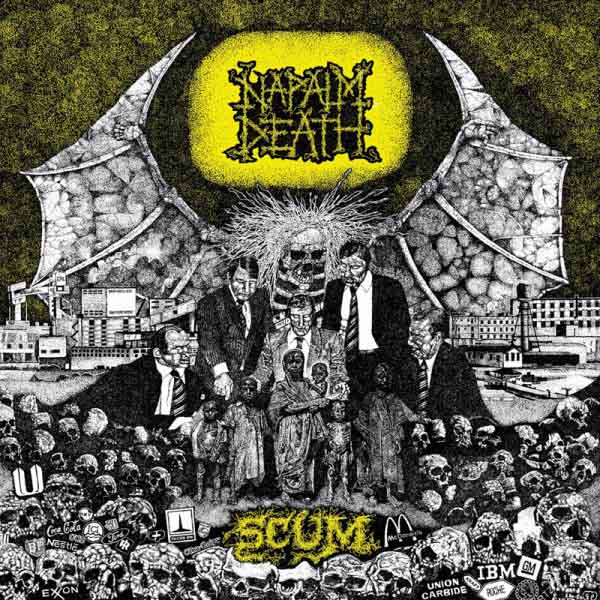
Interview by Gent Mehmeti
A small distro portraying Skopje’s (Macedonia) gloominess and fucked up street reality through records and gigs since the early 2000s, FUCK YOGA has since grown into a label that makes obscure hardcore and metal gems somehow available to the few heterodox freaks roaming this city. Its presence has grown during the years. Today, it is home to some of the more obscure acts that seem to have acquired a cult following in the margins of hardcore and slow-paced metal. California’s Noothgrush and even Boston doomsters Grief have gone through FUCK YOGA.
We’ll dive inside and try to dissect everything up in an interview with Ivan Kocev, the man behind this freakish abomination.
1. Ivan, you seem to be heavily attached to gruesome acts of human abhorrence. Well, at least one’s first impression is similar, whilst viewing Fuck Yoga through the lenses of conventional societal pattern.
I accept it as part of nature’s condition, hidden behind the veil of social conventions. It is important to familiarize oneself with all aspects of existence in order to gain more knowledge and bring more truthful judgments further in life.
2. What’s up with you and yoga anyway? Why all the hate dude?
When we were plastering posters for shows, they were often being covered by a yoga class. What also contributed to choosing the name was the “instant enlightenment” vibe that radiated from these people… I also read that the purpose of yoga was “becoming one with the great power that you were never actually apart from” or something like that, which I found bullshit at that time. So over 10 years later, the name remained- it’s not something I actively live by.

3. You pretty much nailed it with a few issues lately. Apartment 213, Noothgrush, Grief…some pretty cult stuff right there. How did you manage lurking them into your lair? Isn’t there a shitload of labels, some highly reputable I might add, in these guys’ states?
I’m a big fan of the mid-90’s mutant hardcore. It might as well have been the final progressive effort of sonic alchemy in it’s respective genre- acknowledging the past, yet branching out into unorthodox forms. Of course-with varying degrees of success, but the general feeling of actual creation and boldness was highly inspiring to my younger self. The bands you mentioned would have no trouble finding a “bigger” label then FUCK YOGA to release their records, but standard scaling doesn’t necessarily apply in this world anyway. They might be considered “cult” nowadays, albeit most of their records were issued on labels strongly rooted in the underground. I cultivate the DIY spirit while providing a very decent representation of their body of work. I salute staying underground by choice, not by necessity.
4. I guess you’re exposed to much of the sensibility of this genre. You collaborate, tour and run a label. You’ve grown to understand the scene from within. Do you think it is an all inclusive club that has built itself upon an egalitarian belief of indisputable equality? Or has this been the distorted image that we have been served by potential pests? My question seeks to disclose if ubermen who breed elite ideas are still present within these circles.
It is up to the individual to choose on which of the many conflicting attributes it pays attention to. You don’t have to look hard to come upon hypocrisy and shallowness in the underground- why would it would be devoid of? I encourage self-sufficiency, yet it’s funny how the bigger picture you see, roles start morphing. It is important to learn from experience and stay alert.
5. What are some of the shittiest bands out there that have been bringing a lot heat lately? I’m all obsessed with negative lists and would really want to hear your opinion.
I am not following “the heat” really. As time becomes more precious for me, I have to spread it out as productive as possible.
6. How do we kill this whole revival trend that has been busting our balls? Resurrection is cool sometimes, but if every idiot is given the opportunity to bring stuff back to life, pretty soon we might even see Christian metal bands or some fucked up shit like that rocking the scene.
Simply judge for yourself instead being told what’s good for you. Easier said than done, I know… If your acceptance filter can handle a copy of a copy of a copy- who cares? I try not to focus on what I dislike, rather use my effort in directions that excite me. The underground will always survive through mutation- some will lose sight, interest or power- but it implodes forever.
7. Are you a fan of population reduction? I am. Who do you think is doing the job well in aiding the process?
It’s difficult to imagine oneself as a 1/7 billionth part of a system. I try not to get too global, it feels depowering. I believe in eye-to-eye centrifugal action, as a real change needs a strong core. Much more efficient then just poking all over the place.
8. What’s on your schedule with Fuck Yoga?
Any day now (late November `15) I’m releasing a new batch of records; GRIEF s/t 12” and “dismal” LP/CD, MOSS “sinister history vol.1” (the first in the series of several records spanning the early, obscure years of the band), DESPISE YOU “west side horizons” LP, and BILLY BAO “communisation” LP. Next would be a NEW WORLD 3”/4” record, SETE STAR SEPT “vinyl collection” CD and HERPES “medellin” 7” repress. 2016 will see records by BASTARD NOISE, DAZD, GOLI DECA…
9. Do you think we’re battling an inside war against our own when facing the fury of SJWs who are censoring us with their PC crap? Fucking hipster pieces of trash!
I will have to disappoint you again with my detachment from cliques. I do not practice any organized political belief- It takes a lot of skill and practice to become independent. I can’t completely deny my social presence, and I am continually learning how to minimize compromise in favor of saving energy for the long run.
10. Briefly explain everything I missed out due to this interview being conducted by me in my utmost hung-over state. I didn’t ask you anything about Fuck Yoga’s roots, plans, presence etc. Neither did I ask you about the 3-4 bands you’re currently in (there’s at least one of them that I dig). Hell, you run a bizarre label somewhere in Southeastern Europe, where such things are true rarities and I didn’t ask you anything the domestic situation – that’s pretty lame of me; I bet it’s fun to hear some bone chilling stories of Balkan underground. Plus you’re organizing this festival in December and I totally skipped that. Preach the gospel!
Here’s what bands I’m currently involved in: GOLI DECA – the music is slow, but not “doom”- it’s devoid of the traditional rock/metal attributes- along the lines of what SWANS were doing on the first few records. VKOZUREN is musically comparable to early BURZUM- primitive and escapist.
The longest running, yet still unnamed band is somewhat a continuation of my previous band, POTOP- only more feral and surreal. I have used musical influences from WINTER, DISEMBOWELMENT, (early) MORBID ANGEL, EARTH 2, (early) DEAD CAN DANCE. Another unnamed, featuring Oleg Chunihin also of the band above and GOLI DECA, is trance-like bass-driven micro-compositions- think HELLHAMMER, BARATHRUM… There are a couple of rehearsal clips online, studio recordings and eventual releases are planned for 2016. MILITANT ZAZA is the name of the mini-fest we’re organizing for the first time this year, with exclusive performances by VERMAPYRE (nightmarish horror soundtracks), REGLER (the new project of BRAINBOMBS/ BILLY BAO personnel), PROPOVED (amazing ancient heavy doom from Serbia) and GOLI DECA. The idea was to organize an event covering different points of the extreme music specter, focusing on the fringes. Thank you for your interest and effort, it’s much appreciated.
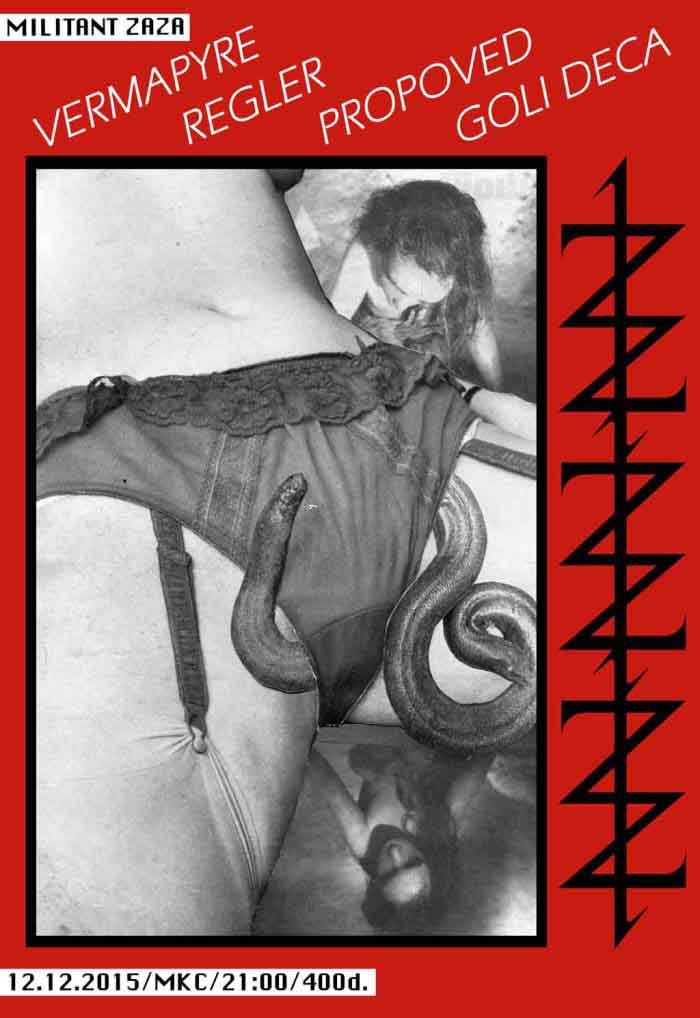
No CommentsTags: death metal, Doom Metal, fuck yoga records, Grindcore, Hardcore, interview, macedonia, record label

